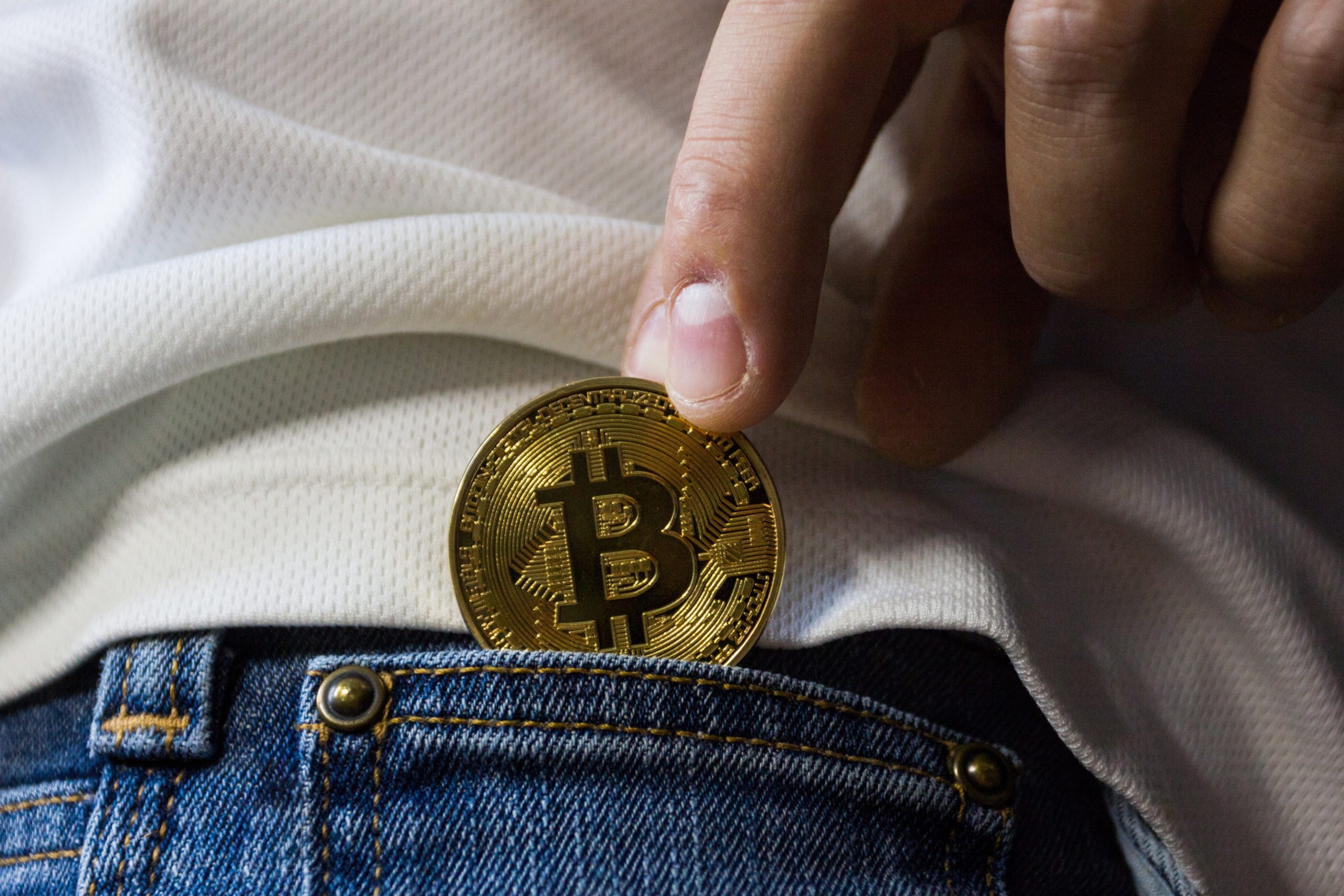Understanding the Bitcoin Halving: Implications for Investors and Payments
One of the hottest topics in the news this week is Bitcoin Halving. The Bitcoin network is built on a foundation of scarcity and decentralization, with Bitcoin halving playing a pivotal role in both. This event, occurring approximately every four years, is not only a scheduled element of the Bitcoin monetary policy but also a significant occurrence that affects investors, the cryptocurrency's price stability, and its acceptance as a form of payment.

What is Bitcoin Halving?
Bitcoin halving is an event designed to reduce the rate at which new bitcoins are created by half, thus slowing down the overall increase in supply. This event occurs every 210,000 blocks, which roughly translates to every four years, given the average time of 10 minutes it takes to mine a block. When Bitcoin was first created by Satoshi Nakamoto in 2009, miners received 50 bitcoins as a reward for processing transactions and adding them to the blockchain. Since then, there have been three halvings—2012, 2016, and 2020—reducing the block reward to 6.25 bitcoins as of the last halving.
The primary purpose of halving is to enforce Bitcoin’s scarcity, akin to precious metals like gold. This scarcity is critical because it underpins the value of Bitcoin, ensuring it avoids high inflation, which is often seen in fiat currencies due to their unlimited supply.
Implications for Investors
For investors, the halving is a landmark event that traditionally sparks significant interest and speculative activity around Bitcoin. Historically, each halving has been followed by substantial price increases. The anticipation of reduced new supply against a backdrop of steady or increasing demand drives bullish sentiment in the market. However, these price increases have not always been immediate and can be followed by high volatility.
The primary purpose of halving is to enforce Bitcoin’s scarcity, akin to precious metals like gold. This scarcity is critical because it underpins the value of Bitcoin, ensuring it avoids high inflation, which is often seen in fiat currencies due to their unlimited supply.
However, other pundits argue that the scarcity, along with miners not profiting as much for their operations, will drive the price higher in the long-term.
According to historical data from Techopedia:

Within a month, Bitcoin price dropped 6% post-2nd halving but surged 13% post-3rd halving. Prices displayed a similar pattern over 3 and 6 months, with significant gains post-3rd halving compared to the 2nd.
However, in the long-term, Bitcoin halvings have seen great growth:
Notably, 9-month returns after the 2nd and 3rd halvings were 94% and 458%, respectively. These figures suggest a potential for substantial long-term gains in Bitcoin prices following the upcoming halving event.
Effects on Payments and Bitcoin Acceptance
The direct impact of Bitcoin halving on its use as a payment method is less straightforward.
On one hand, the increased public attention around each halving event can lead to greater awareness and potentially more widespread acceptance of Bitcoin as a form of payment. On the other hand, the price volatility spurred by halving events can deter merchants and consumers from using Bitcoin for transactions, preferring more stable store-of-values or mediums of exchange.
The dynamic between Bitcoin's investment appeal and its utility in everyday transactions is complex, influenced by factors like market volatility, technological developments, and regulatory shifts.
Bitcoin in Retail Environments
Retail acceptance of Bitcoin has seen a gradual increase over the years, with several high-profile companies and small businesses alike experimenting with cryptocurrency payments. Major companies like Microsoft, AT&T, and Starbucks have allowed customers to make purchases with Bitcoin. The appeal for retailers is often linked to lower transaction fees compared to traditional credit card payments, the elimination of chargebacks, and access to a global customer base.
Many observers see Bitcoin as primarily a store of value, akin to digital gold, due to its capped supply and the investment interest it attracts. However, with more major retailers starting to accept Bitcoin as a payment, the banking industry cannot ignore the fact that cryptocurrencies are disrupting the payments industry.